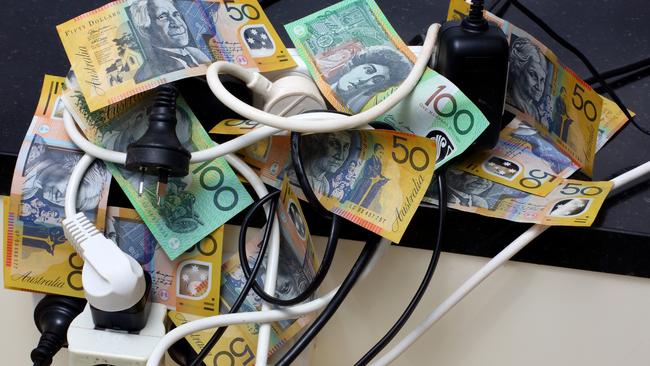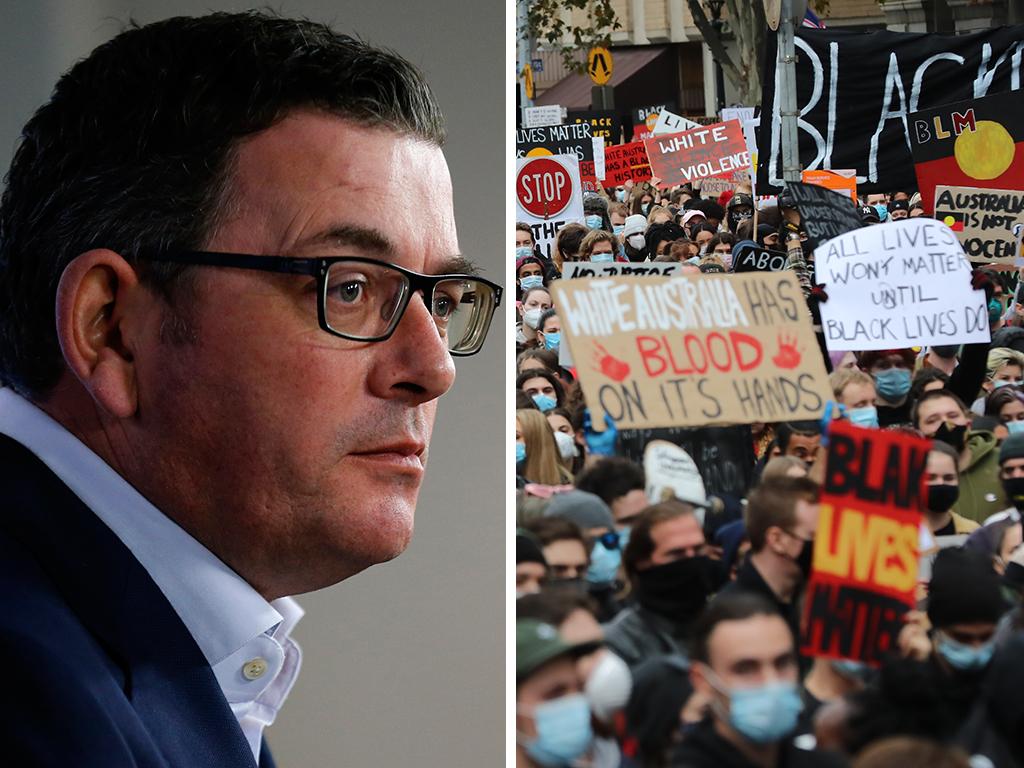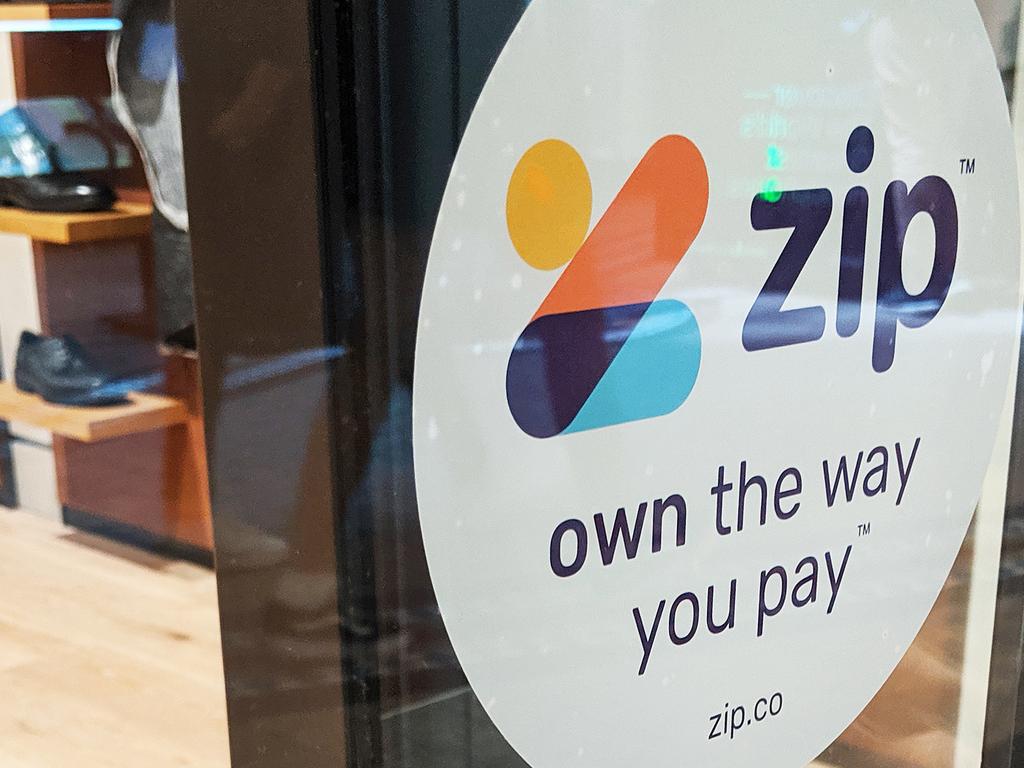Big energy users win power market reform to prevent blackouts and cut demand costs
Big energy users can directly sell electricity into the wholesale power market for the first time.

Big energy users can directly sell electricity into the wholesale power market for the first time under a determination by the national rule-maker that aims to head off blackouts and cut the cost of meeting peak demand.
A “demand response” mechanism will be in place for the 2021-22 summer, allowing large consumers of power to receive a financial benefit from cutting their own energy use when demand and wholesale prices are high, sending surplus energy back to the east coast’s electricity network.
The power market reform has been backed by large users including BlueScope Steel, CSR and the National Irrigators Council, which can now side-step the need to go through their electricity retailers to gain greater control over their power needs.
Not using power should be valued by the national electricity market and might be a cheaper way to combat sudden spikes in demand rather than relying on peaking generation such as gas or pumped hydro, the Australian Energy Market Commission said.
Energy Minister Angus Taylor said tapping wholesale demand response will lead to lower electricity bills and better network reliability.
“This reform will help avoid spikes in electricity demand that can increase prices, and can cause unexpected blackouts,” Mr Taylor said. “This is a great opportunity to strengthen energy intensive industries, like smelters, by rewarding them for the role they play in making the grid affordable and reliable.”
Australia‘s energy market agency upgraded its assessment of the current challenges posed by electricity reliability to critical from moderate a year ago given the challenges of keeping the power system stable.
Complexity concerns raised
Critics of the change including Sanjeev Gupta's Simec Energy and the nation's big three power retailers have raised concerns over the added complexity such a move would bring to a power grid undergoing immense structural change due to new technologies, renewable energy and the closure of coal-fired plants.
Competition regulator Rod Sims has previously said this is more of a reflection of big retailers wanting to keep a new competitor out of the market rather than any fundamental desire to look at developing the demand response market.
The AEMC had been urged last year to extend the mechanism so households could participate by tapping pool pumps and household batteries to send electricity back to the grid.
However, it said on Thursday it had decided against rolling out the system to consumers to avoid complex and costly system changes.
Instead, a broader shift giving greater control to consumers will be formed as part of a planned “two-sided” marker reform due to take place in 2025.
The demand response rule change was proposed by the Australia Institute, Total Environment Centre and Public Interest Advocacy Centre with the aim of opening up a new category of energy market player to compete against generators in the national electricity market.
It is expected to bring a raft of new demand aggregators into the market, which might look to unite a club of big power users and bid their combined capacity into the power system.






To join the conversation, please log in. Don't have an account? Register
Join the conversation, you are commenting as Logout